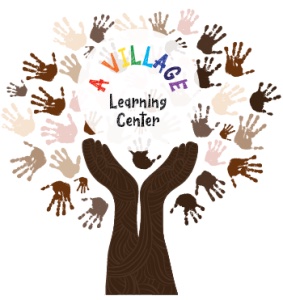When researching preschools, one of the most important factors to consider is class size. Low staff‑to‑child ratios and small group sizes create a safer, more nurturing environment for young children.
What are staff‑to‑child ratios and group sizes?
Staff‑to‑child ratio is the number of children for whom each teacher or caregiver is responsible. For example, a ratio of 1:7 for three‑year‑olds means one adult should supervise no more than seven children. Group size is the maximum number of children allowed in a classroom or on a playground. A group of four‑year‑olds may be capped at 16 children regardless of the number of teachers.
Why small class sizes matter
- Better supervision and safety. Lower ratios ensure teachers can closely monitor each child and respond quickly to their needs.
- One‑on‑one attention. Small groups allow educators to provide personal guidance and adapt activities for different learning styles.
- Healthier social‑emotional development. Children feel safe and secure when they receive responsive care; small class sizes reduce feelings of overwhelm and promote social skills.
Our commitment to small class sizes
At A Village Learning Center, we intentionally keep our preschool classes small. Our teacher‑to‑child ratio exceeds state recommendations so that every child receives individualized care and attention. By limiting group sizes, we foster an environment where children can build friendships, explore freely and thrive academically.
Learn more about our small‑group approach and how it supports your child’s growth. Contact us to schedule a visit or join our waitlist.

